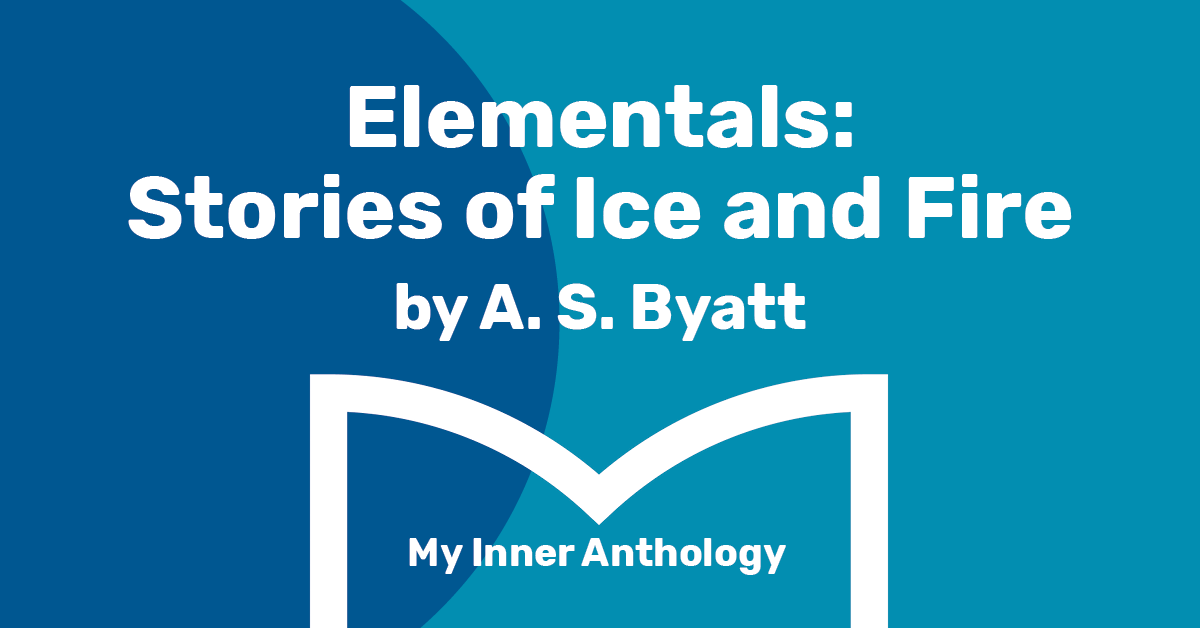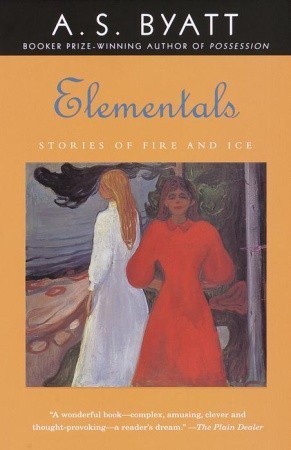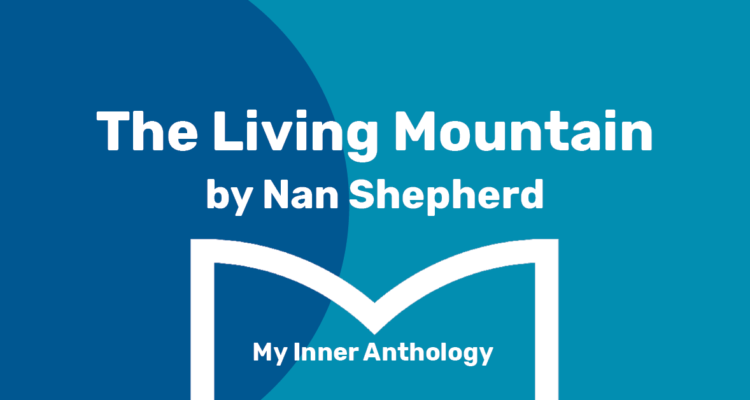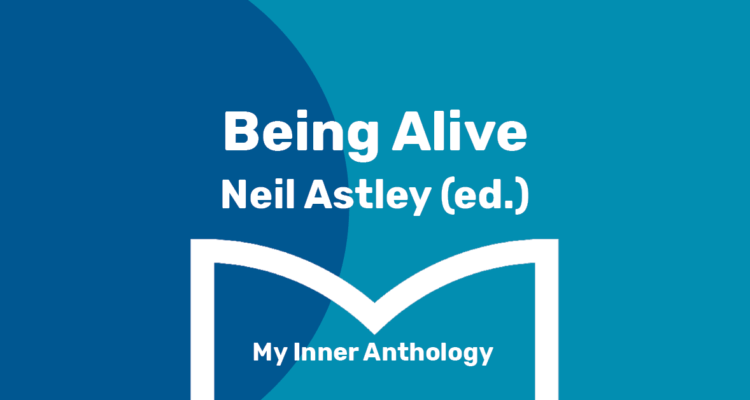My Inner Anthology: Elementals: Stories of Fire and Ice by A. S. Byatt
Grace Frame, Head of Publications at The Reader, shares her recommendation of Elementals: Stories of Fire and Ice by A. S. Byatt. The theme for our daily readings in December is 'Winter Warmth' download the calendar here.

One of the sensations I have in reading A. S. Byatt’s stories is that I never quite settle into the idea that I know where the story is going, or can identify the main point that it is working up to. I think something of this persisted right up until the end of my first reading of this book, when I was left feeling that I didn’t quite know where it had taken me or what I might do with it next. This sounds unsettling, but I think it is part of the gift of A. S. Byatt’s writing, that it takes us at once into territories that feel familiar, but look different; story patterns where the beginning carries echoes of places to which we might have been before, but where the journey we then embark upon can take us along unknown and unforeseen routes.
This month we are exploring in our daily readings literature that might offer us some much-needed winter warmth, but I believe that in A. S. Byatt’s case she does this not by creating a cosy place in which to hibernate, but by taking us imaginatively out of our comfort zones, to give us the warm energy that is generated as we get our minds (or bodies) moving. For in Elementals, there is a kind of quest that characters in more than one of the stories are on, and that is a quest to feel, and to be truly alive. Perhaps we might feel that that is a difficult thing to contemplate in the midst of winter. But perhaps that is also why we need this book.
Such a quest looks different depending on the individual life within which it manifests itself. In ‘Jael’, a woman looks back to what this quest meant for her as a child. She describes her childhood as being that of the ‘pre-television age’, which she seems to have felt, interestingly, was both an advantage and a disadvantage. What it did do was cause her to understand the dimensions of boredom. There were few ways in which to escape this dimension, meaning that her experience of books was cast in a particular light. I like how A. S. Byatt manages to avoid romanticising the resultant effect:
Jane Eyre, with her burning bed-curtains, or being punished in the Red Room (I’ve made films with both those images, fire insurance and children’s furniture). Ivanhoe charging, Robin Hood in the dappled green light with his bow, Eliza escaping across the breaking ice, wolves and narwhals, volcanoes and tidal waves, excitement was all in books, none of it, nothing at all, seeped out into life.
None of this early reading is classifiable at this stage. This jumble of things and places to which we are introduced simply gets added into the mix, to be sorted out later. We don’t know what we will remember, or whether we will ever revisit any of it. There are no clues as yet as to how we might do so. But the excitement remains, and the memory of that excitement is strong.

In another story from the collection, ‘Cold’, the quest feels more complex because of how it is tied up with the unusual constitution or make-up of the main character, Fiammarosa. Born a princess into ‘a temperate kingdom’, Fiammarosa’s characteristics mark her out as different from birth. Eventually her tutor helps to discover her similarity to a woman who is part of her ancestral history, who had married into the family from another kingdom. This woman had been known to everyone who spoke of her as an ‘icewoman’. What this means for Fiammarosa is that she cannot feel truly herself in the environment that has been carefully prepared for her by her doting parents. And for some years Fiammarosa doesn’t even know herself what she might need or what kind of environment she is looking for. But when on one memorable night she escapes for the first time out into the snow and lies down on its surface, feeling its sharp chill against her naked skin, something immediately changes within her:
This is who I am, the cold princess thought to herself, wriggling for sheer pleasure in the snow-dust, this is what I want. And when she was quite cold, and completely alive and crackling with energy, she rose to her feet, and began a strange, leaping dance …
In a way, this is now only the beginning of Fiammarosa’s story, as it is for all of us when we first begin to get an inkling of what it is that brings our truest selves into being. But encountering this moment offers a kind of hope: that it is possible, and that there is something in us (even if previously buried) that responds to the magnificent, multitudinous world around us.
Share
Related Articles

My Inner Anthology: As You Like It by William Shakespeare
Reader Leader, Lizzie, recommends As You Like It by William Shakespeare. In May the theme for our Daily Readings is inspired by The…

My Inner Anthology: The Living Mountain by Nan Shepherd
Teaching and Learning Coordinator, Lisa Spurgin, recommends The Living Mountain by Nan Shepherd. In May the theme for our Daily Readings is…

My Inner Anthology: Being Alive – Neil Astley (ed.)
Reader Leader Lizzie, recommends and reads from 'Being Alive' - Neil Astley (ed.). In May the theme for our Daily…


